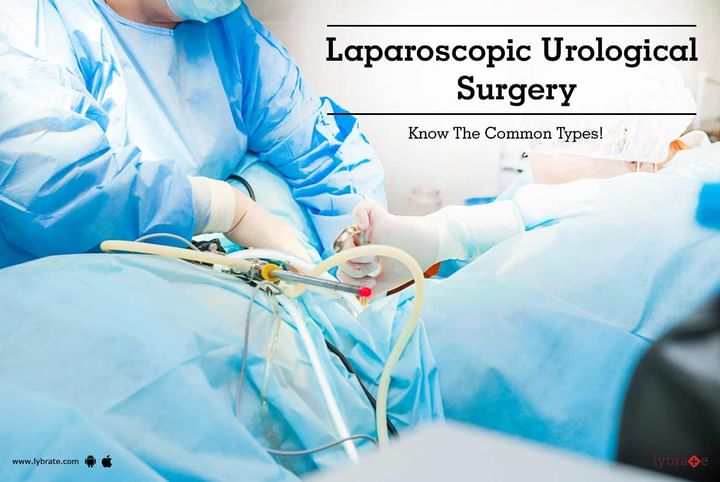Laparoscopic Urological Surgery - Know The Common Types!
The advent of Laparoscopy has given a new dimension to surgery. Gone are the days when one had to go through painful surgical procedures with many associated complications. Laparoscopic surgery is minimally invasive involving small incisions. There are negligible complications associated with a quick recovery. In the last few years, there has been a steady rise in people opting for Laparoscopic Urological Surgery. A person may undergo a laparoscopic urological surgery to treat problems of the genitor-urinary tract (which includes the kidneys, ureter, bladder, testes, and penis).
Mentioned below are some of the laparoscopic urological surgeries performed to treat a diseased condition.
- Laparoscopic Nephroureterectomy: This surgery is used to treat conditions of renal cancer (Transitional Cell Carcinoma affecting the kidney or the ureter). The surgery involves removal of the ureter (a tubular structure that passes the urine to the bladder from the kidneys). Though considered safe, in some cases, laparoscopic nephroureterectomy may result in blood loss and infection.
- Laparoscopic Simple or Radical Nephrectomy: It comes as a blessing for people dealing with different types of kidney problems such as renal cancer, serious injury to the kidney, renal calculus (kidney stones), polycystic kidney disease (the condition is an inherited problem characterized by the formation of cysts within the kidney), symptomatic hydronephrosis and chronic infection. A person may undergo a Laparoscopic Simple Nephrectomy (a laparoscopic surgery which involves removal of one of the kidneys) or a Laparoscopic Radical Nephrectomy (here, along with the kidney, the surgeon may also remove adjacent lymph nodes and adrenal glands) based on the severity of the kidney problem.
- Laparoscopic Pyeloplasty: This surgery is used to treat patients with an obstruction of ureteropelvic junction (UPJ). The ureteropelvic junction is the merger point where the kidney connects to the ureter. UPJ obstruction is often found to be a congenital problem (present from birth). Due to the UPJ obstruction, the urine stored in the kidneys fail to move out of the system. If left untreated, UPJ obstruction can even result in kidney failure. Laparoscopic Pyeloplasty involves clearing the obstruction at the ureteropelvic junction. The surgery, however, comes with certain risk factors. There may be blood loss along with infection at the incision site. In some cases, the surgery may even result in injury to the neighboring organs and tissues (rare).
- Laparoscopic Partial Nephrectomy: In the case of a renal tumor, the diseased part of the kidney is removed by a specialized surgical procedure medically termed as Laparoscopic Partial Nephrectomy. Here, only the affected area of the kidney is removed sparing the healthy part. Laparoscopic Partial Nephrectomy is done to prevent further aggravation and kidney failure.
- Laparoscopic Radical Prostatectomy - It is a surgical procedure used in the case of a localized prostate cancer (prostate cancer that has not metastasized beyond the prostate gland). Laparoscopic radical prostatectomy involves removal of the prostate gland along with some neighbouring tissues.
In case you have a concern or query you can always consult an expert & get answers to your questions!



+1.svg)
